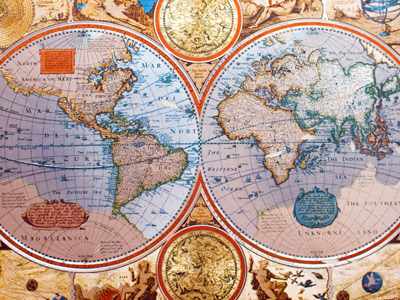

The Climate Over the Past Two Million Years
This Geography quiz is called 'The Climate Over the Past Two Million Years' and it has been written by teachers to help you if you are studying the subject at middle school. Playing educational quizzes is a fabulous way to learn if you are in the 6th, 7th or 8th grade - aged 11 to 14.
It costs only $19.50 per month to play this quiz and over 3,500 others that help you with your school work. You can subscribe on the page at Join Us
If you haven’t heard of climate change then you haven’t been listening in class, or to the news, or reading things on the internet, or reading things in general! I’m sure you’ll agree that there is a lot of information out there about climate change. Depending on where your information comes from, you either hear that climate change is going to be catastrophic for the planet or that it’s a media conspiracy intended to cause a panic.
Ready for more?
not all...
quizzers. Try to win a coveted spot on our Hall of Fame Page.






